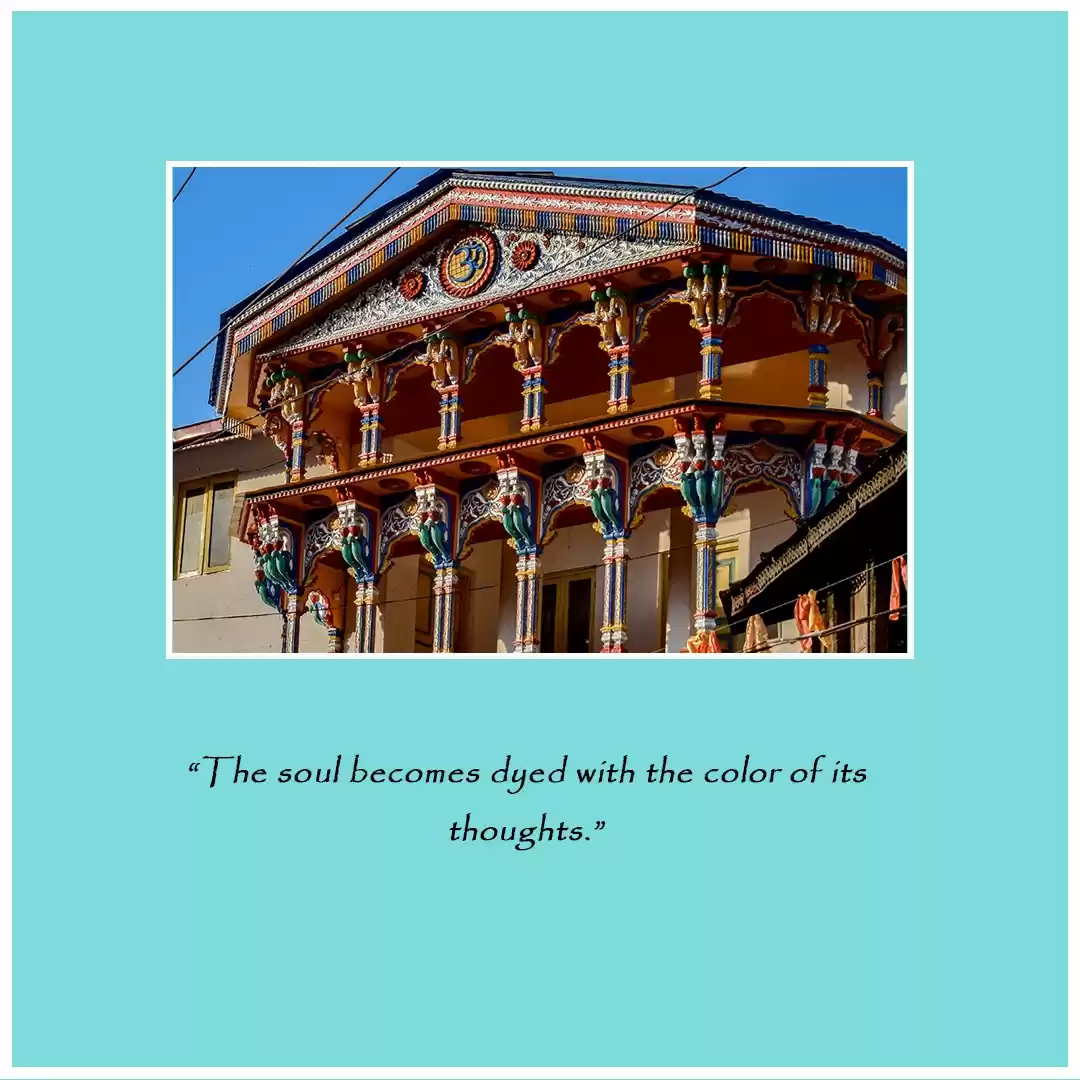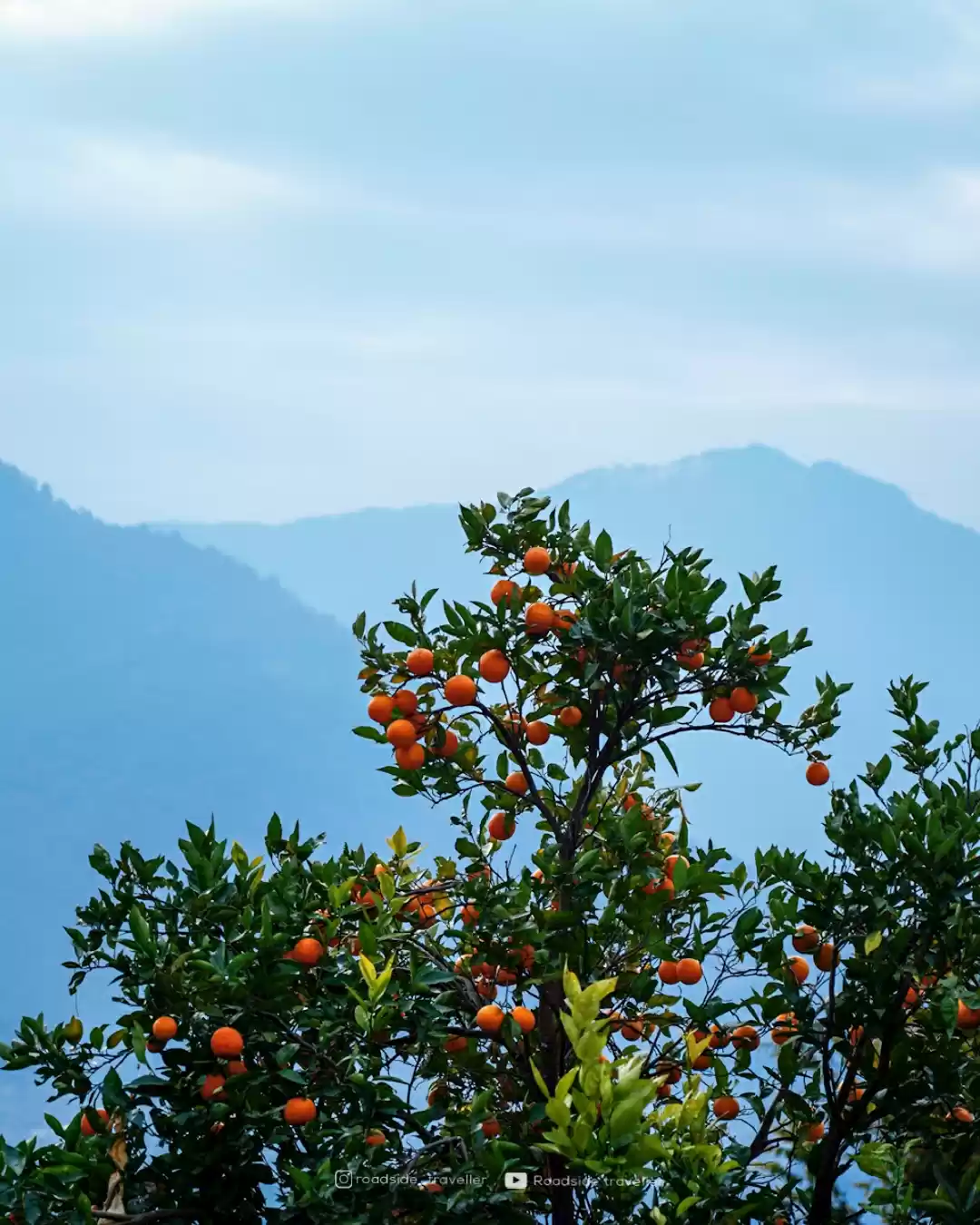If you are looking for a unique and fascinating destination in Indonesia, you should not miss Taman Sari, a former royal garden of the Sultanate of Yogyakarta. Taman Sari, which means "beautiful garden" in Javanese, is a complex of palaces, pools, pavilions, mosques, and tunnels that was built in the 18th century as a retreat and a pleasure park for the sultan and his family. Taman Sari is not only a stunning example of Javanese architecture, but also a testimony of the rich and diverse cultural heritage of Yogyakarta, which has been influenced by Islamic, Hindu, Buddhist, and European civilizations.
In this article, you will learn everything you need to know about Taman Sari, from its history and architecture to its attractions and activities. Whether you are a history buff, a culture lover, or a nature enthusiast, you will find something to enjoy and appreciate in this royal garden of wonders.

History of Taman Sari
Taman Sari was built between 1758 and 1765 by Sultan Hamengkubuwono I, the first sultan of Yogyakarta, who founded the city after the division of the Mataram Sultanate in 1755. The sultan hired a Portuguese architect named Demang Tegis to design and construct the garden, which was intended to serve as a place of recreation, meditation, and entertainment for the royal family. The garden was also a symbol of the sultan's power and prestige, as it showcased his wealth, taste, and knowledge.
Taman Sari was originally divided into four main areas: the artificial lake, the bathing complex, the pavilions and mosques, and the underground tunnels. The artificial lake, which covered about 10 hectares, was the largest and most impressive part of the garden. It had several islands, each with a different function and theme. The largest island, called Pulo Kenongo, was the residence of the sultan's main consort and his children. The second largest island, called Pulo Cemeti, was the meditation place of the sultan, where he also observed the stars and the planets. The third island, called Pulo Panembung, was the place of entertainment, where the sultan and his guests enjoyed music, dance, and puppet shows. The fourth island, called Pulo Nusa Gede, was the place of worship, where the sultan and his family performed their religious rituals.
The bathing complex, which was located on the south of the artificial lake, was the place where the sultan and his consorts bathed and relaxed. It consisted of two separate pools: one for the sultan, called Umbul Binangun, and one for his consorts, called Umbul Muncar. The pools were connected by a bridge and surrounded by walls and gates. The bathing complex also had a tower, called Gedhong Gapura Hageng, where the sultan could observe and choose his consorts from the pool.
The pavilions and mosques, which were located on the west of the artificial lake, were the place where the sultan and his family lived and prayed. They consisted of several buildings, such as Gedhong Agung, the main palace of the sultan, Gedhong Sekawan, the palace of the sultan's secondary consorts, Gedhong Gapura Panggung, the gate and the watchtower of the garden, Sumur Gumuling, the circular mosque with five staircases, and Masjid Gedhe, the grand mosque with a pyramidal roof.
The underground tunnels, which were located on the north of the artificial lake, were the place where the sultan and his family could escape and hide in case of danger. They consisted of a network of passages that connected the garden with the Kraton (the sultan's palace), the Tugu (the monument of the city), and the Kali Code (the river of the city).
Taman Sari witnessed several historical events and changes that affected its function and condition. During the Java War (1825-1830), a rebellion led by Prince Diponegoro against the Dutch colonial rule, Taman Sari was used as a fortress and a base for the sultan's army. The war caused severe damage to the garden, especially to the artificial lake and the islands, which were drained and destroyed by the Dutch troops. After the war, Taman Sari lost its importance and glory, as the sultan and his family moved to the new palace, called Kraton Ngayogyakarta Hadiningrat, which was built by Sultan Hamengkubuwono VI in 1832.
During the Dutch colonial period (1830-1942), Taman Sari was neglected and abandoned, as the Dutch authorities confiscated and sold some parts of the garden to the local people. The garden became a residential area, where many houses, shops, and mosques were built. Some of the original buildings of the garden, such as the bathing complex and the underground tunnels, were preserved and maintained by the local community, while others, such as the pavilions and mosques, were modified and renovated.
During the Indonesian independence (1945-present), Taman Sari was recognized and restored as a cultural heritage site, as the Indonesian government and the Yogyakarta Sultanate collaborated to conserve and revitalize the garden. In 1995, Taman Sari was listed as a tentative UNESCO World Heritage Site, as part of the cultural landscape of Yogyakarta. Today, Taman Sari is one of the most popular and visited attractions in Yogyakarta, as it attracts tourists and locals alike who want to explore and appreciate its history, architecture, and beauty.

Architecture of Taman Sari
Taman Sari is a remarkable example of Javanese architecture, as it reflects the blend of different cultural and religious influences that shaped the identity and the art of Yogyakarta. The garden combines the elements of Javanese, Islamic, Hindu, Buddhist, and European styles, creating a unique and harmonious aesthetic that expresses the sultan's vision and values.
The Javanese influence can be seen in the use of wood, brick, stone, and clay as the main materials, as well as the use of joglo (pyramidal roof), pendopo (open pavilion), and limasan (hipped roof) as the main structures. The Javanese influence also can be seen in the use of geometric, floral, and animal motifs as the main decorations, as well as the use of red, white, black, and yellow as the main colors.
The Islamic influence can be seen in the use of arabesque, calligraphy, and star motifs as the main decorations, as well as the use of green and blue as the main colors. The Islamic influence also can be seen in the use of dome, arch, and minaret as the main structures, as well as the use of water and garden as the main elements.
The Hindu influence can be seen in the use of mythological, cosmological, and astrological motifs as the main decorations, as well as the use of gold and silver as the main colors. The Hindu influence also can be seen in the use of temple, shrine, and monument as the main structures, as well as the use of fire and mountain as the main elements.
The Buddhist influence can be seen in the use of lotus, wheel, and lion motifs as the main decorations, as well as the use of white and pink as the main colors. The Buddhist influence also can be seen in the use of stupa, pagoda, and cave as the main structures, as well as the use of air and sky as the main elements.
The European influence can be seen in the use of baroque, rococo, and neoclassical motifs as the main decorations, as well as the use of pastel and metallic as the main colors. The European influence also can be seen in the use of column, pediment, and balcony as the main structures, as well as the use of glass and mirror as the main elements.
Some of the most notable buildings and structures in Taman Sari that showcase its architectural diversity and beauty are:
Umbul Binangun: The bathing pool of the sultan, which has a rectangular shape and a depth of 1.5 meters. The pool is surrounded by a wall with four gates, each decorated with a winged lion statue. The pool also has a fountain in the center, which was used to spray water and perfume to the sultan and his consorts. The pool is connected to a tower, where the sultan could observe and choose his cons
Gedhong Gapura Hageng: The tower of the bathing complex, which has a height of 12 meters and a diameter of 6 meters. The tower has three floors, each with a different function and design. The first floor was used as a dressing room, the second floor was used as a resting room, and the third floor was used as an observation room. The tower has a dome-shaped roof, which was decorated with a golden sun motif and a crescent moon motif, symbolizing the sultan's authority and wisdom.
Sumur Gumuling: The circular mosque of the garden, which has a diameter of 15 meters and a height of 10 meters. The mosque has a unique structure, which consists of five staircases that lead to a central platform, where the imam (prayer leader) stood. The five staircases represent the five pillars of Islam, while the central platform represents the unity of God. The mosque has a circular opening on the roof, which was used to observe the moon and the stars, as well as to allow natural light and ventilation. The mosque also has a tunnel that connects it with the underground passages of the garden.
Pasarean Ledok Sari: The pavilion of the garden, which has a rectangular shape and a size of 18 x 12 meters. The pavilion was used as a place of relaxation and entertainment for the sultan and his family, as well as a place of reception and diplomacy for the sultan's guests and allies. The pavilion has a joglo-style roof, which was supported by 12 wooden columns. The pavilion also has a veranda, which overlooks the artificial lake and the islands.
Tajug Batu: The monument of the garden, which has a conical shape and a height of 3 meters. The monument was built to commemorate the completion and the inauguration of the garden, as well as to mark the center of the garden. The monument was made of stone, which was carved with various motifs and inscriptions. The monument also has a metal rod on the top, which was used to measure the direction and the angle of the sun.
Things to Do in Taman Sari
Taman Sari is not only a historical and architectural marvel, but also a fun and exciting destination for tourists and locals alike. There are many things to do and see in Taman Sari, whether you want to learn more about its past, admire its beauty, or experience its culture. Here are some of the main attractions and activities that you can enjoy in Taman Sari:
Explore the bathing complex: The bathing complex is one of the most popular and visited parts of Taman Sari, as it offers a glimpse into the lavish and romantic lifestyle of the sultan and his consorts. You can walk around the pools, the gates, the walls, and the tower, and imagine how the sultan and his consorts bathed and relaxed in this secluded and serene place. You can also take photos at the pools, which are filled with clear and refreshing water, and decorated with colorful tiles and statues. The bathing complex is open daily from 9 a.m. to 3 p.m., and the entrance fee is 15,000 rupiah (about 1 USD) per person.
Take photos at the pavilions and mosques: The pavilions and mosques are another highlight of Taman Sari, as they showcase the diverse and exquisite architectural styles and features of the garden. You can take photos at the pavilions, which have elegant and ornate roofs, columns, and verandas, and offer a stunning view of the artificial lake and the islands. You can also take photos at the mosques, which have unique and impressive structures, such as the circular mosque with five staircases, and the grand mosque with a pyramidal roof. The pavilions and mosques are open daily from 9 a.m. to 3 p.m., and the entrance fee is 15,000 rupiah (about 1 USD) per person.
Walk through the underground tunnels: The underground tunnels are one of the most intriguing and adventurous parts of Taman Sari, as they reveal the secret and mysterious side of the garden. You can walk through the tunnels, which are dark and narrow, and feel the thrill and the suspense of exploring the hidden passages of the garden. You can also learn about the history and the function of the tunnels, which were used as a escape and a hideout for the sultan and his family in case of danger. The underground tunnels are open daily from 9 a.m. to 3 p.m., and the entrance fee is 15,000 rupiah (about 1 USD) per person.
Enjoy the view of the artificial lake: The artificial lake is one of the most beautiful and peaceful parts of Taman Sari, as it reflects the natural and the man-made beauty of the garden. You can enjoy the view of the lake, which is surrounded by lush and green vegetation, and dotted with colorful and exotic flowers. You can also see the remnants of the islands, which were once the residence, the meditation, the entertainment, and the worship places of the sultan and his family. The artificial lake is open daily from 9 a.m. to 3 p.m., and the entrance fee is 15,000 rupiah (about 1 USD) per person.
Visit the nearby attractions: Taman Sari is not the only attraction in Yogyakarta, as there are many other places to visit and explore around the garden. You can visit the Kraton (the sultan's palace), which is located about 1 km from Taman Sari, and which is the cultural and the political center of Yogyakarta. You can also visit the Alun-Alun (the royal square), which is located about 2 km from Taman Sari, and which is the public and the ceremonial space of Yogyakarta. You can also visit the Malioboro Street, which is located about 3 km from Taman Sari, and which is the shopping and the dining hub of Yogyakarta. You can also visit the Borobudur Temple, which is located about 40 km from Taman Sari, and which is the largest and the oldest Buddhist monument in the world.
Conclusion
Taman Sari is a must-see attraction in Yogyakarta, as it offers a rich and diverse experience for visitors of all ages and interests. Taman Sari is not only a royal garden of wonders, but also a cultural heritage of Indonesia, as it represents the history, the architecture, and the culture of Yogyakarta. Whether you want to learn, admire, or enjoy, you will find something to satisfy your curiosity and your senses in Taman Sari.
So, what are you waiting for? Book your trip to Taman Sari today and discover its beauty and its secrets for yourself. And don't forget to share your stories and your feedback with us on our website or our social media. We would love to hear from you. 😊
























